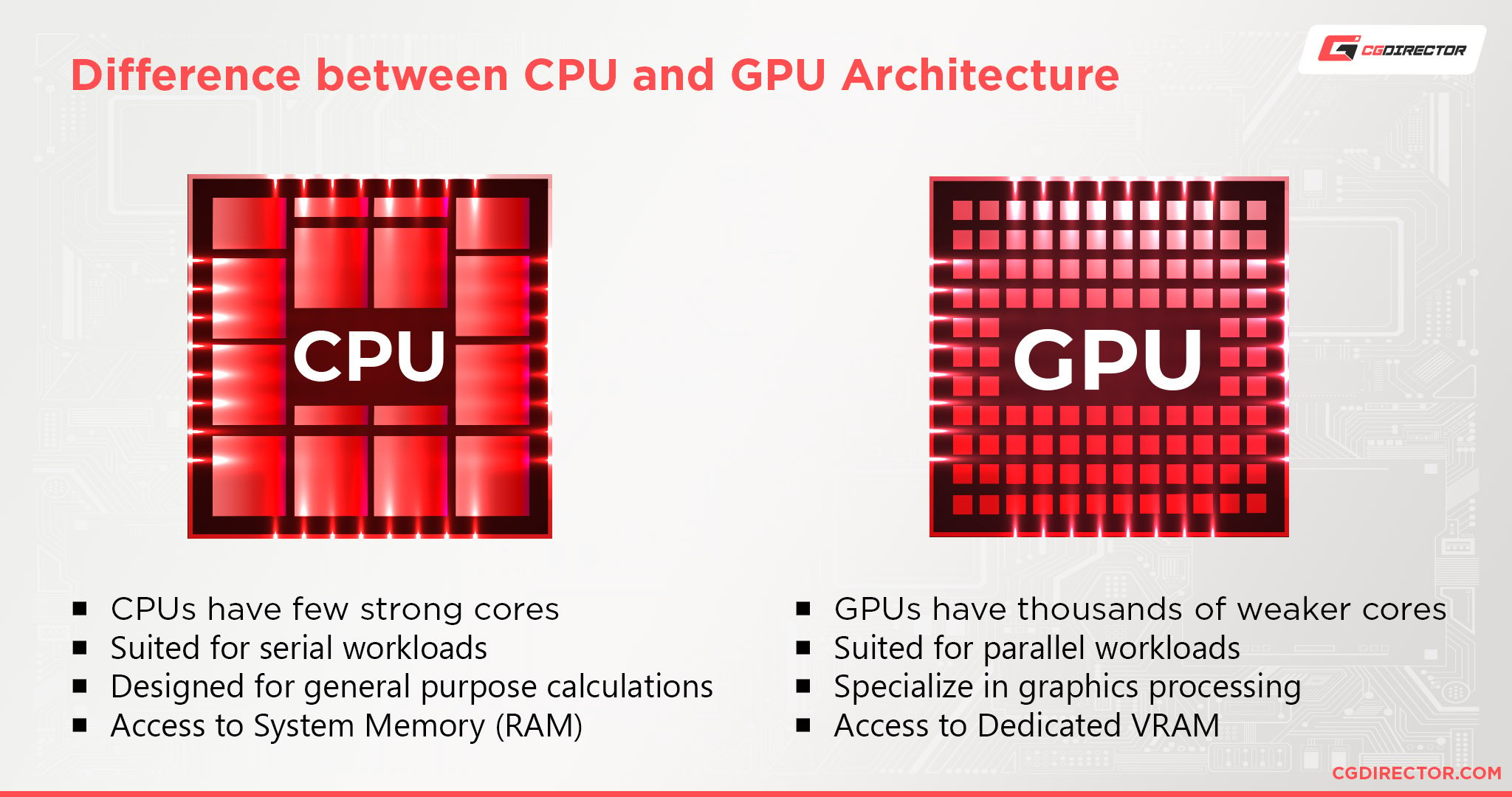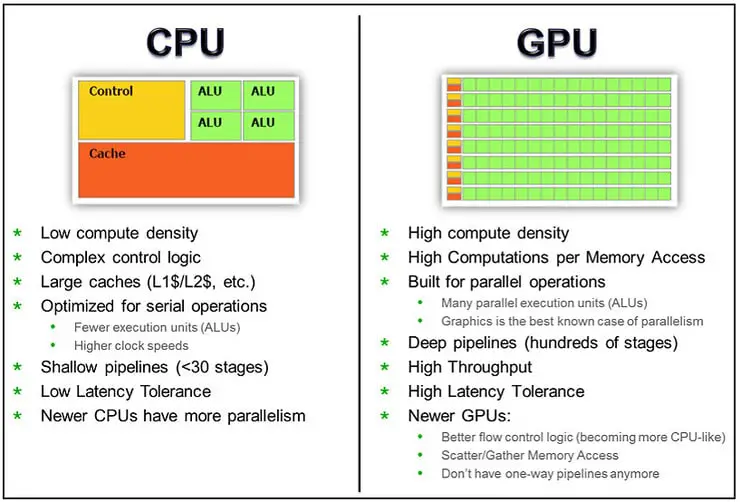How the CPU and GPU Work Together for Gaming
Modern gaming relies on both the CPU and GPU working in tandem to deliver the best possible gaming experience. To get the most out of your system, it is important to understand how each component contributes and how balancing their capabilities can maximize performance.
Processing Power
The CPU handles the initial processing of game instructions and data. As the main processor of the computer, it receives input from the player and begins executing tasks like physics calculations, AI processing, and rendering basic game geometry. For games, a powerful multi-core CPU is important as it allows splitting these workloads across cores to process everything simultaneously. six-core processor gaming CPU are generally recommended for maintaining high framerates.

Graphics Processing
Once the CPU has performed the initial rendering, it passes geometry and texture data to the GPU for graphics processing. The GPU contains its own processors optimized for parallel graphics processing unit GPU performance operations essential for games. It takes the information from the CPU and uses its graphics cards to then calculate lighting effects, apply textures, render advanced scenes and more. This dedicated graphics hardware is what allows immersive, life-like visuals in modern titles.
Balancing the Workflow
An effective partnership between the CPU and GPU is needed to avoid any performance bottlenecks. If the CPU is too weak, it cannot feed rendering data to the GPU quickly enough, causing it to sit idle. Likewise, if the GPU is underpowered for a game’s graphics settings, the processing capabilities of the CPU will be wasted. It is important to select components that are balanced in terms of processing power to maximize overall system efficiency.
Hardware Checks
Gamedebates contains useful tools to analyze a PC’s CPU and GPU specifications and detect any potential mismatches affecting performance. Enter your system details to receive ratings on gaming capabilities and recommendations on upgrades. Checking these hardware balances is important before making purchases to target a smooth, high-end pc build experience free of bottlenecks.
Boosting Frame Rates
Component step-ups can provide tangible framerate boosts depending on original hardware. Moving from a quad-core to a six-core gaming processor typically increases FPS 20-30% by allowing more concurrent task handling. Similarly, upgrading a graphics card like moving from a GTX 1060 to an RTX 2060 Super can raise rates 15-25% through enhanced graphics processing abilities. For optimal results, both the CPU and GPU should be considered when looking to take gaming to the next graphical level.
CPU and GPU Synergy Over Time
As games progressively utilize more advanced techniques like ray tracing, demands on hardware will continue increasing over generations. While a balanced build today may perform wonderfully, a future title could expose weaknesses if spec requirements grew disproportionately for the CPU or GPU. Regular, gradual updates allow maintaining balanced capabilities to make the most of continued performance improvements in areas like architectural designs and core/thread counts. Proper synergy between these vital components remains key to enjoying games at their full intended potential.
